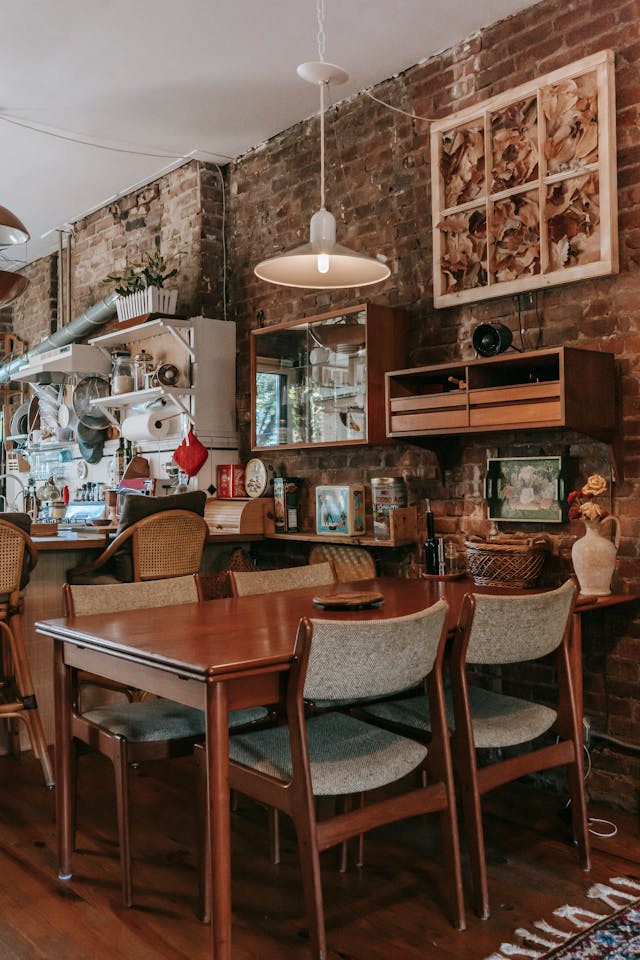When it comes to enhancing the aesthetics of your kitchen, adding a wall plate to the backsplash is a great way to create a stylish and functional space. Whether you’re installing electrical outlets, light switches, or simply adding a decorative feature, it is essential to know how to properly attach wall plate to the kitchen backsplash. This task can be easier than you think, and with the right materials and techniques, you can achieve a seamless and professional-looking finish.
Attaching a wall plate to the kitchen backsplash not only improves the appearance of your kitchen but also ensures that electrical outlets and switches remain protected and safe. By following the right steps, you can attach wall plate to the kitchen backsplash securely, preventing damage from spills or moisture while adding to your kitchen’s overall design.
Before diving into the details, it’s important to understand why attaching a wall plate to the kitchen backsplash is so crucial. It serves both a practical and aesthetic purpose by providing a clean, polished look and ensuring the longevity of your electrical components. In this guide, we will take you step-by-step through the process of how to attach wall plate to the kitchen backsplash.
Choosing the Right Wall Plate for Your Kitchen Backsplash
The first step to properly attach wall plate to the kitchen backsplash is to choose the right wall plate. There are various types available, from simple plastic plates to sleek stainless steel or decorative ceramic designs. Depending on your kitchen style, you’ll want to select a wall plate that complements the surrounding décor. When choosing, also consider how many outlets or switches you need to cover, as wall plates come in multiple configurations—single, double, or more.
Once you have the right wall plate in hand, you are ready to attach wall plate to the kitchen backsplash. However, it’s important to ensure that the material of the wall plate is compatible with the backsplash surface for a secure fit.
Preparing Your Tools and Materials
Before you begin, gather all the necessary materials to attach wall plate to the kitchen backsplash. The basic tools include a screwdriver, drill (if required), measuring tape, pencil, and the new wall plate itself. Ensure that you have any other accessories, such as screws or adhesive strips, that may come with your wall plate.
Remember to turn off the power to any electrical outlets or switches you’ll be working on. Safety is paramount when handling electrical components, so be sure to attach wall plate to the kitchen backsplash only after confirming that the power is off.
Removing the Old Wall Plate
If you’re replacing an existing wall plate, start by carefully removing it. Use a screwdriver to take out the screws holding the old plate in place. Gently pull the wall plate off, exposing the electrical outlets or switches. This is the perfect opportunity to clean the area around the outlet before you attach wall plate to the kitchen backsplash.
Ensure that the wires or connections behind the plate are not damaged during this process, as this could affect the function of the switch or outlet once you attach wall plate to the kitchen backsplash.
Cleaning the Surface Before Attaching the Wall Plate
Cleaning the area around the outlet or switch before you attach wall plate to the kitchen backsplash is crucial for a proper seal. Dust, grease, and grime can interfere with the attachment, making it difficult for the wall plate to stay in place. Use a cloth to wipe down the area and ensure the surface is dry before proceeding.
If your backsplash is made of a delicate material, be sure not to scratch it while cleaning the surface. Once clean, you can proceed to attach wall plate to the kitchen backsplash with confidence.
Measuring and Marking the Correct Placement
To ensure the wall plate is properly aligned, take the time to measure and mark the exact location before you attach wall plate to the kitchen backsplash. Use a measuring tape to get the correct dimensions, and mark the spot lightly with a pencil. This ensures the wall plate will fit properly and cover the outlet or switch fully.
If you have multiple outlets or switches to cover, take the time to measure each one to avoid misalignment when you attach wall plate to the kitchen backsplash.
Attaching the Wall Plate to the Kitchen Backsplash
Now that you have your wall plate and the correct measurements, it’s time to attach wall plate to the kitchen backsplash. For most wall plates, you will need to secure them with screws, which should come with the plate. Simply align the plate with your markings and insert the screws into the holes. Tighten the screws gently with a screwdriver, but avoid overtightening as this could damage the plate or the backsplash.
If you’re using an adhesive wall plate, follow the manufacturer’s instructions to properly attach wall plate to the kitchen backsplash.
Securing Electrical Outlets and Switches
After you’ve installed the wall plate, make sure the electrical outlets or switches are still secure within the plate. You don’t want them to become loose or misaligned after you attach wall plate to the kitchen backsplash, as this could cause electrical malfunctions.
For outlets, check that the wiring is correctly connected, and for switches, ensure they are functional before fully securing the wall plate in place. Once everything is set, you can complete the installation.
Final Adjustments and Tightening Screws
Before you finish, make any final adjustments to ensure the wall plate is aligned correctly. If necessary, loosen and reposition the plate before tightening the screws fully. Once it is aligned, tighten the screws securely, ensuring the wall plate is firmly in place, but without over-tightening.
These final adjustments are essential to ensure you’ve properly attached the wall plate to the kitchen backsplash, ensuring both safety and aesthetics.
Testing the Wall Plate and Ensuring Proper Function
Once your wall plate is securely attached, turn the power back on and test the functionality of the outlets or switches you’ve covered. For outlets, try plugging something in to make sure it’s working, and for switches, flip them on and off to verify proper operation.
This step ensures that you’ve correctly followed all instructions to attach wall plate to the kitchen backsplash and that everything is in good working order.
Tips for Maintaining the Wall Plate and Backsplash
After you’ve learned how to attach wall plate to the kitchen backsplash, it’s important to maintain the area. Clean the wall plate regularly to prevent dirt or grime buildup. Be gentle when cleaning, as abrasive cleaners may scratch or damage the surface. Additionally, check the screws periodically to make sure the wall plate remains secure.
Regular maintenance will help preserve the integrity of the wall plate and ensure the long-term safety and functionality of your kitchen’s outlets and switches.
Conclusion: Enjoy Your Beautiful Kitchen with a Secure Wall Plate
Attaching a wall plate to the kitchen backsplash is a simple yet effective way to enhance both the functionality and aesthetics of your kitchen. By following the steps outlined in this guide, you can easily secure your wall plate, whether you’re installing electrical outlets, switches, or decorative accents.
The process requires attention to detail, the right tools, and proper safety measures, but the results are well worth the effort. A secure wall plate ensures that your kitchen remains safe, tidy, and stylish. So, go ahead, give your kitchen the upgrade it deserves by learning how to attach wall plate to the kitchen backsplash today!

Share this:
- Click to share on Facebook (Opens in new window) Facebook
- Click to share on X (Opens in new window) X
- Click to share on LinkedIn (Opens in new window) LinkedIn
- Click to share on Reddit (Opens in new window) Reddit
- Click to share on X (Opens in new window) X
- Click to share on Threads (Opens in new window) Threads
- Click to share on WhatsApp (Opens in new window) WhatsApp




